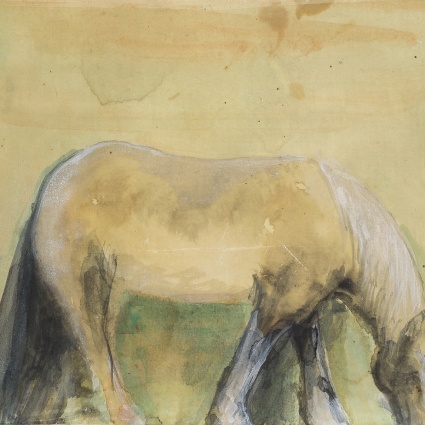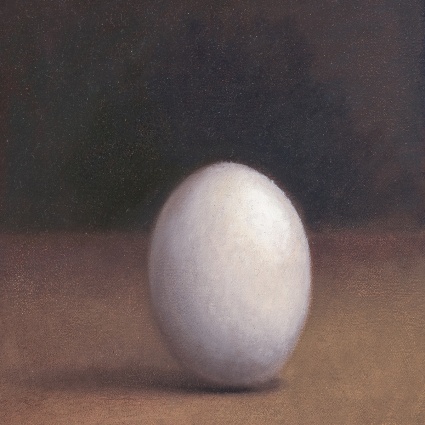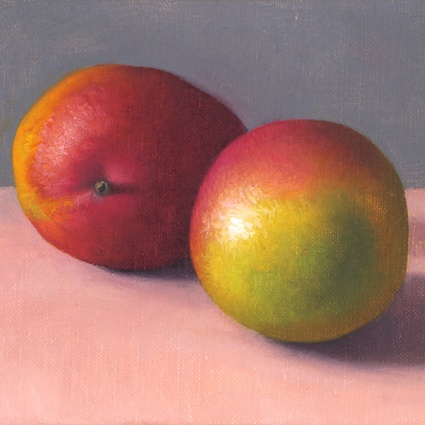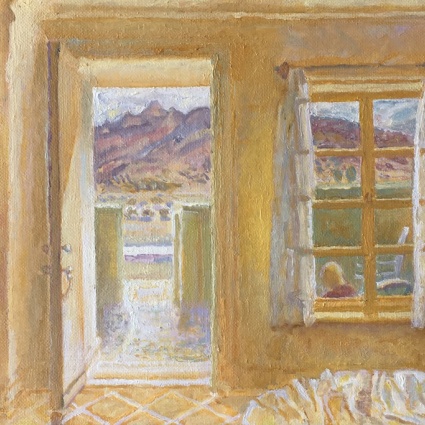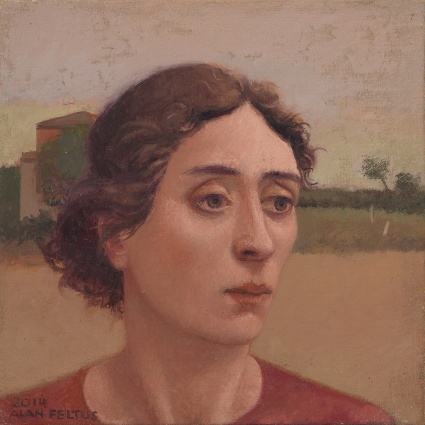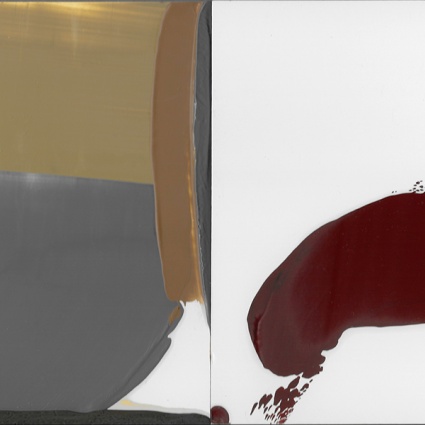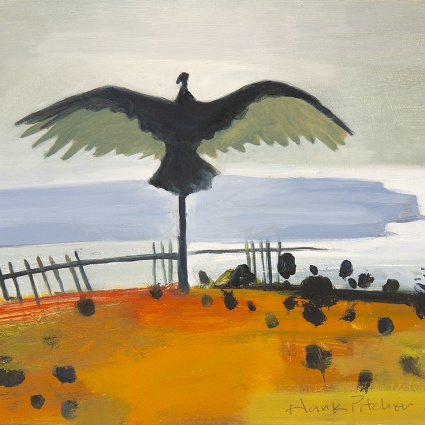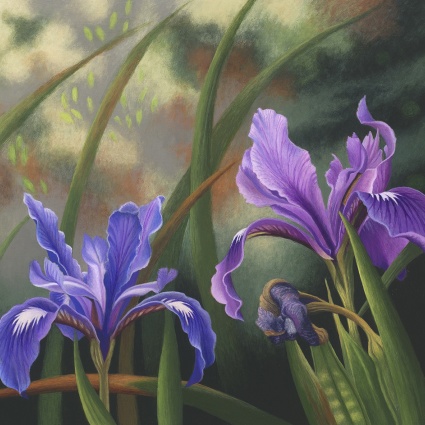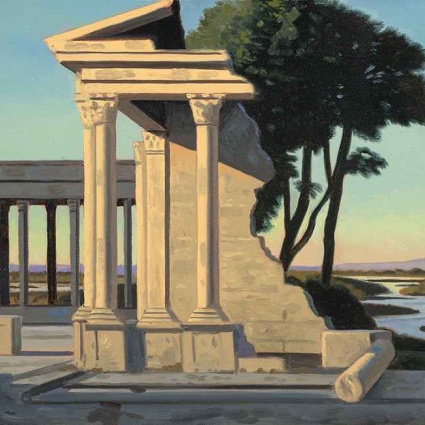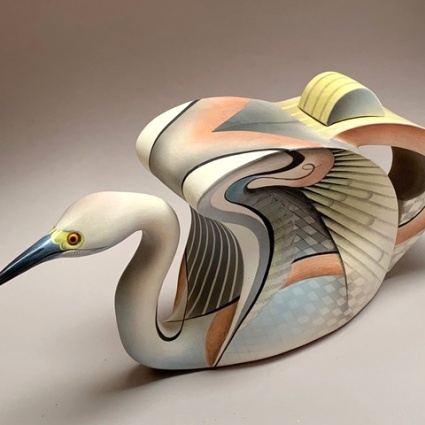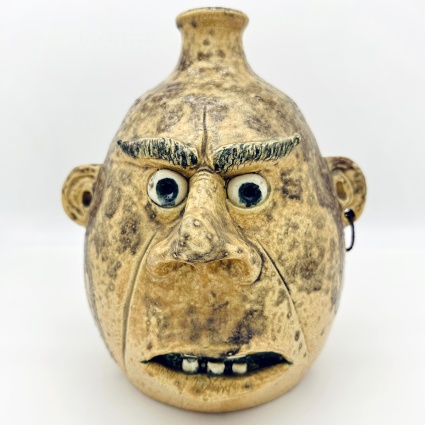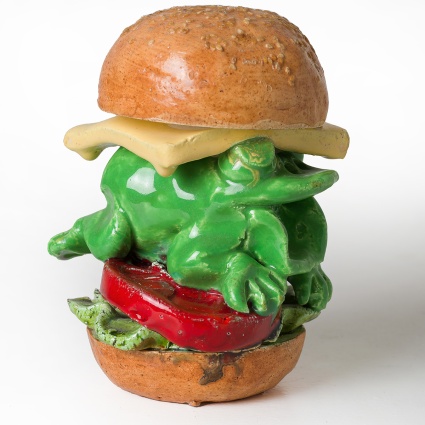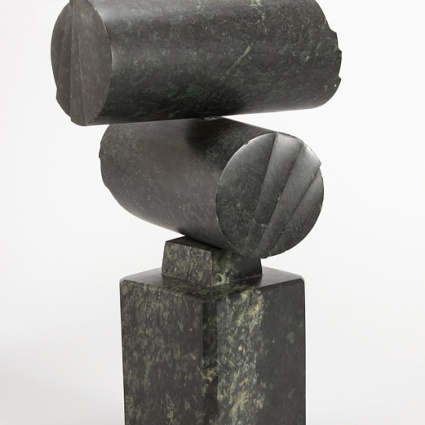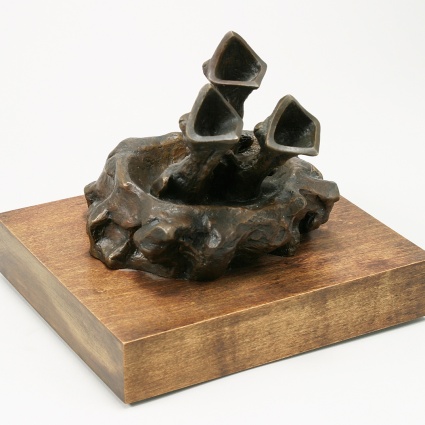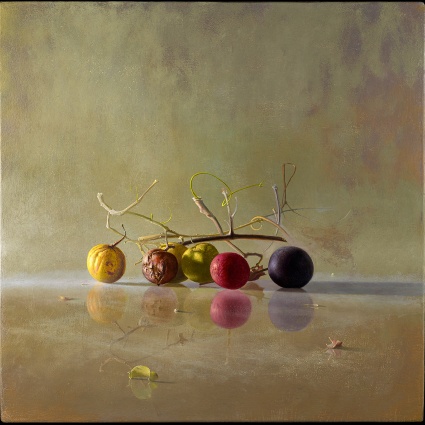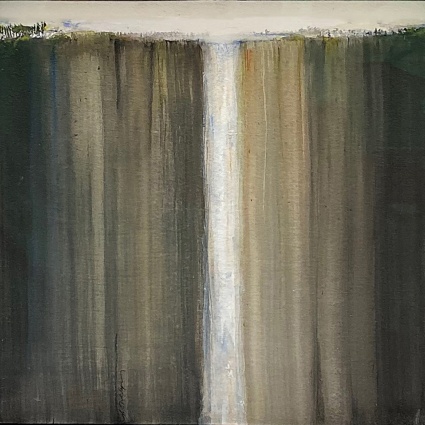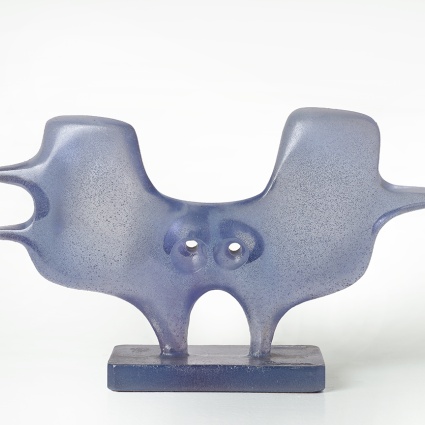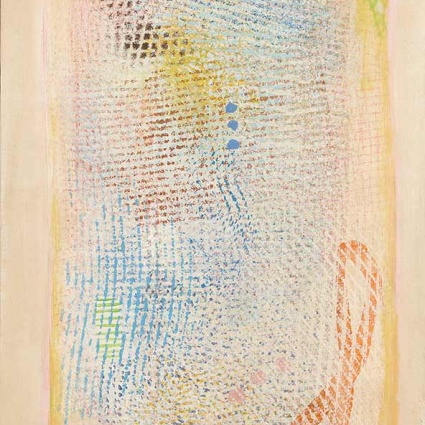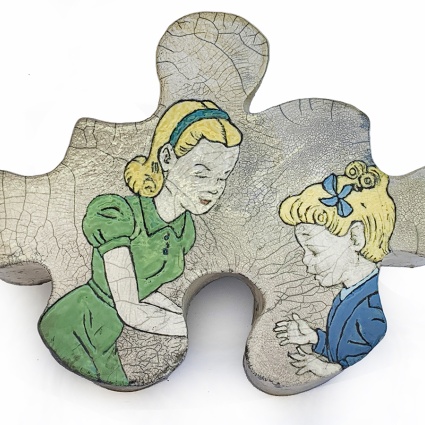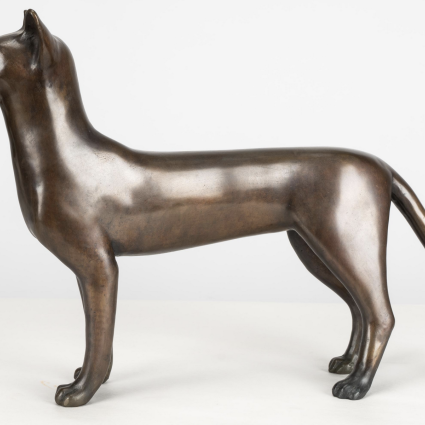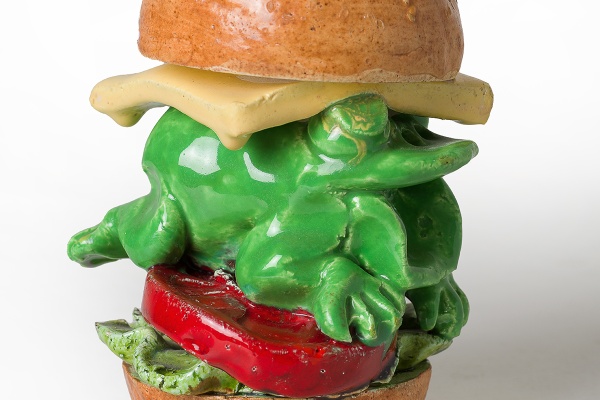
Small Works
From ridiculous to sublime, these small gems can both delight and add a great name artist to your collection
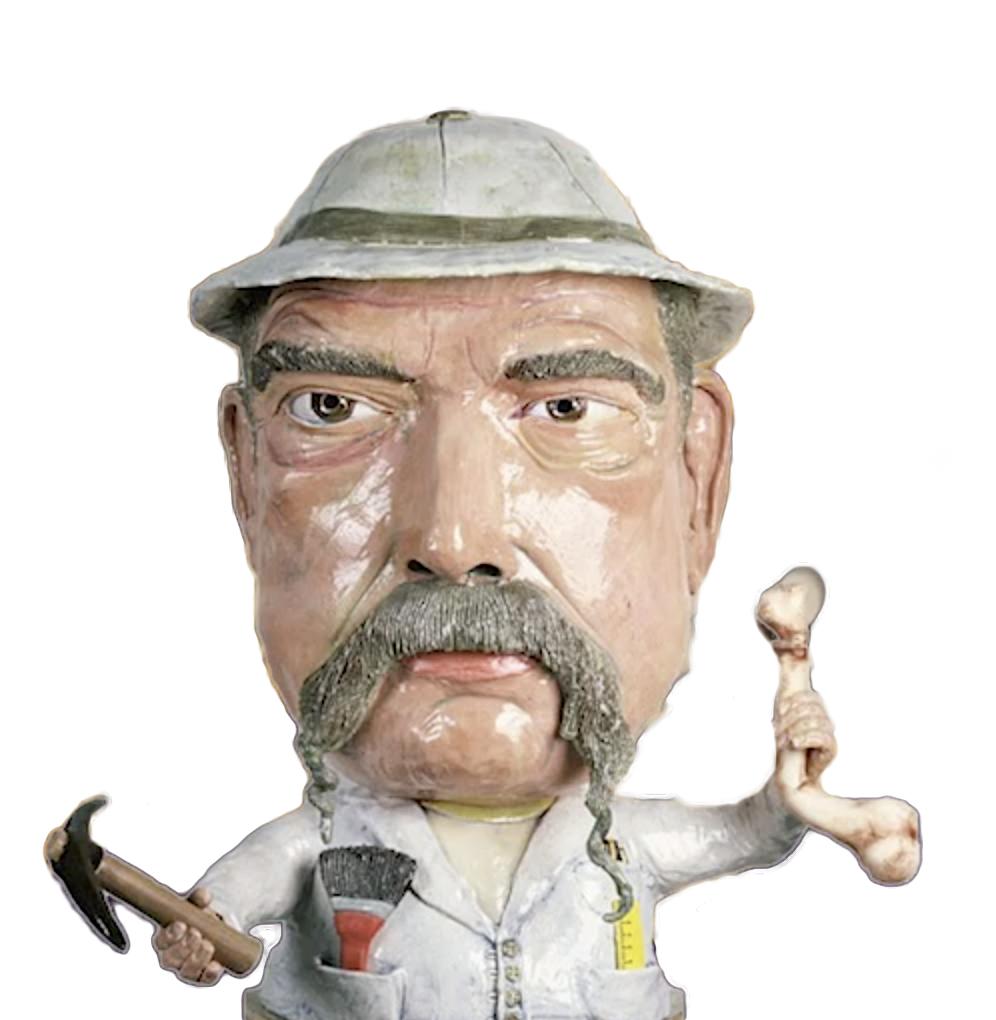
Clayton Bailey -1976
Clayton Bailey
Portrait of Clayton Bailey courtesy of Tony Natsoulas
2002, Ceramic, 40" x 36" x 22"
Permanent Collection of the Everson Museum
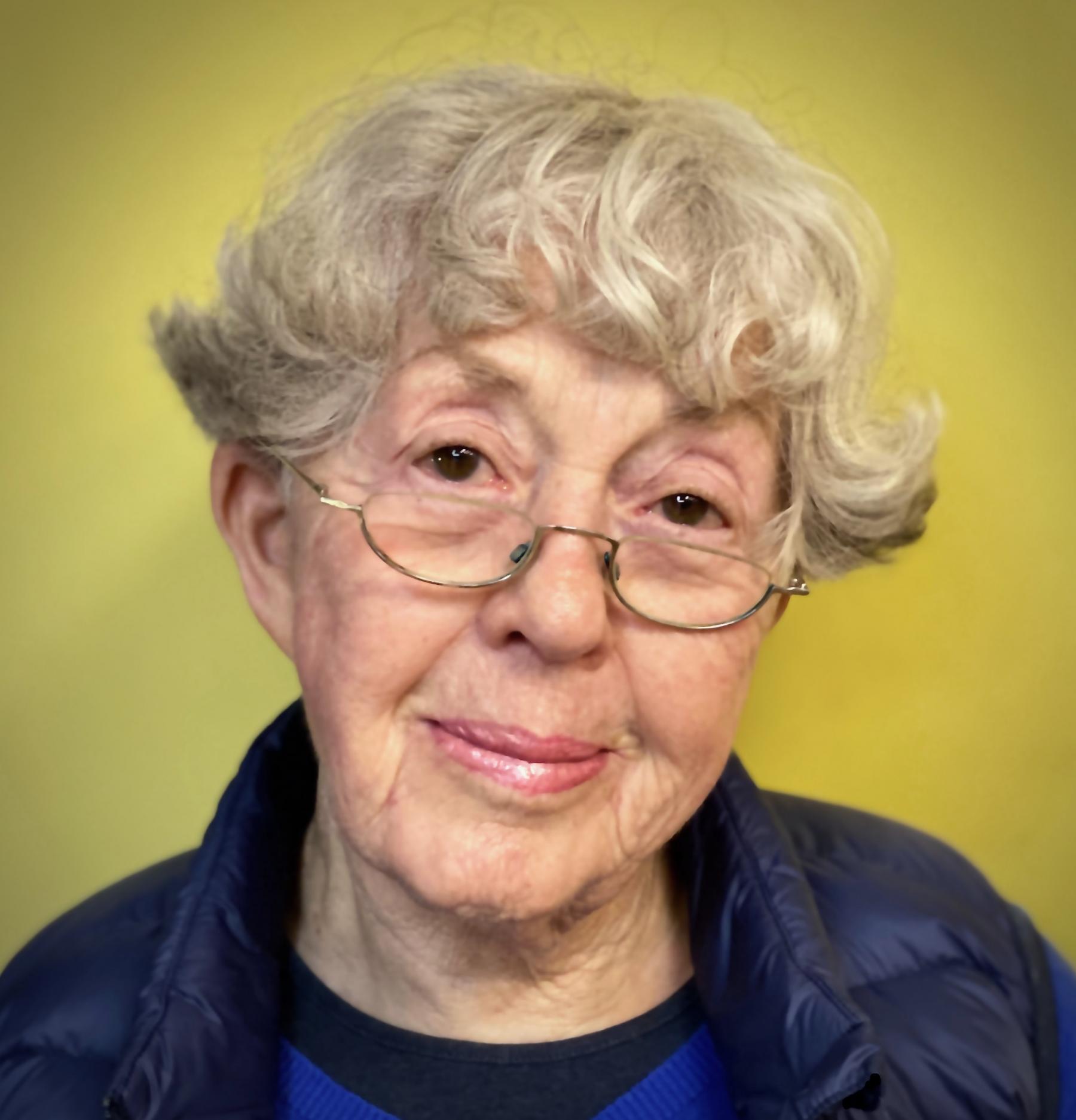
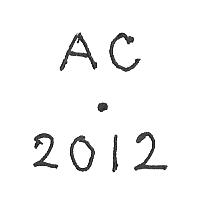
Annette Corcoran
"All wild birds beguile and fascinate, and Annette Corcoran’s porcelain bird teapots do that, and more. Corcoran’s work draws on her love of wild birds, and her extraordinary ability to capture them in porcelain. Each piece is a complete sculpture that captures the gesture and spirit of the subject birds, even when tethered to the requirements of their teapot perches." Credit: Martha Drexler Lynn
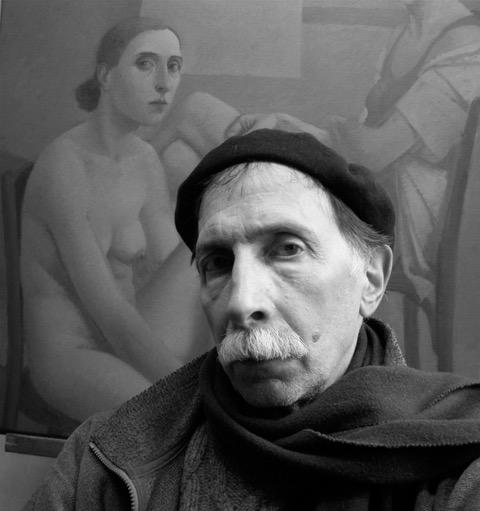

Alan Feltus
A captivating air of stillness underlies all of Alan Feltus's figurative tableaus. His self-possessed females and their male counterparts inhabit a private realm suspended in time and space, and nothing out of context interferes to break the spell. With his rich but unobtrusive brushstrokes, precise palette of tempered Mediterranean color and uncannily perceptive eye, Feltus gives expression to rarified and faintly voyeuristic scenerios suffused with longing, expectation, boredom, anticipation, uncertainty, and regret. Both hypnotic and mysterious, his paintings pose many questions but reveal few answers.
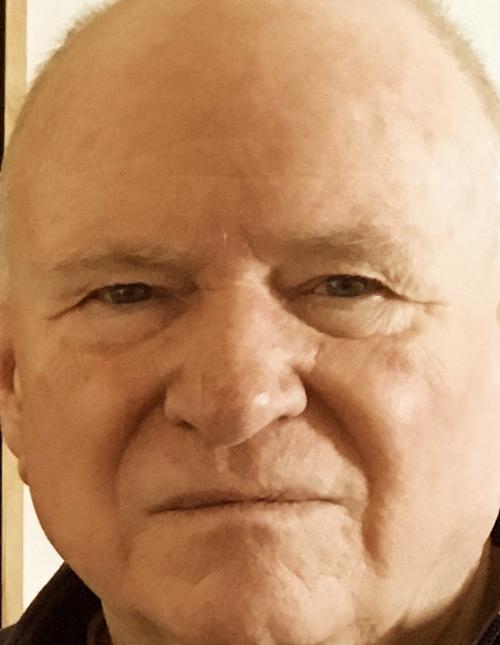

Frank Galuszka
My art and its objectives are in agreement with these two statements:
Painting, symbol as well as unbeatable medium of individual consciousness, thrives when people are interested in, and revere, the reality of their own and other people’s minds and hearts. Painting can’t make anyone interested and reverent. It can only reward interest and reverence that are brought to it, in a social milieu of respectful persons. Peter Schjeldahl, 1990
The fact that I myself, at the moment of painting, do not understand my own pictures, does not mean that these pictures have no meaning; on the contrary, their meaning is so profound, complex, coherent and involuntary that it escapes the most simple analysis of logical intuition. Salvador Dali, 1935


Joseph R. Goldyne


Philip R. Jackson
Representational artist Philip R. Jackson paints in the still life tradition capturing the essence of life in a still moment. Although his staple subject has a long historical lineage, it is obvious his paintings are not your grandmother’s still life. The illusion of his realism captures objects seemingly inanimate but as light reveals them, their mysteries uncover a conversation that’s been happening long before our approach to the picture. His still life paintings have been widely received and featured in many premiere art magazines and are part of numerous private, corporate and museum art collections nationwide. John Wilmerding, acclaimed author, collector and former curator at the National Gallery of Art, wrote of him as the “Still Life Painter for the 21st Century.”
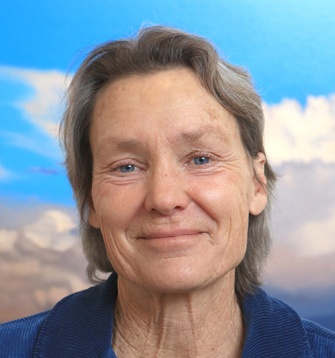
Andrea Johnson
It is how the light falls upon the land that can inspire me to paint a particular scene at a particular time. These moments are fleeting, and can often find me sprinting with my camera to the hilltops behind my house or driving up and down River road to find the exact loca- tion where the setting sun’s rays are illuminating a sliver of the Gabilan Mountains under a heavy purple cloud. It is the light that gives this landscape it’s form... shadows rounding the foothills or creating sharp linear patterns across the fields. These shapes and patterns change with the time of day and the inconstant cloud cover overhead. Land to sky... this is the relationship that I am captivated by, and it is my intent to crystallize these moments in my paintings of the Salinas Valley.
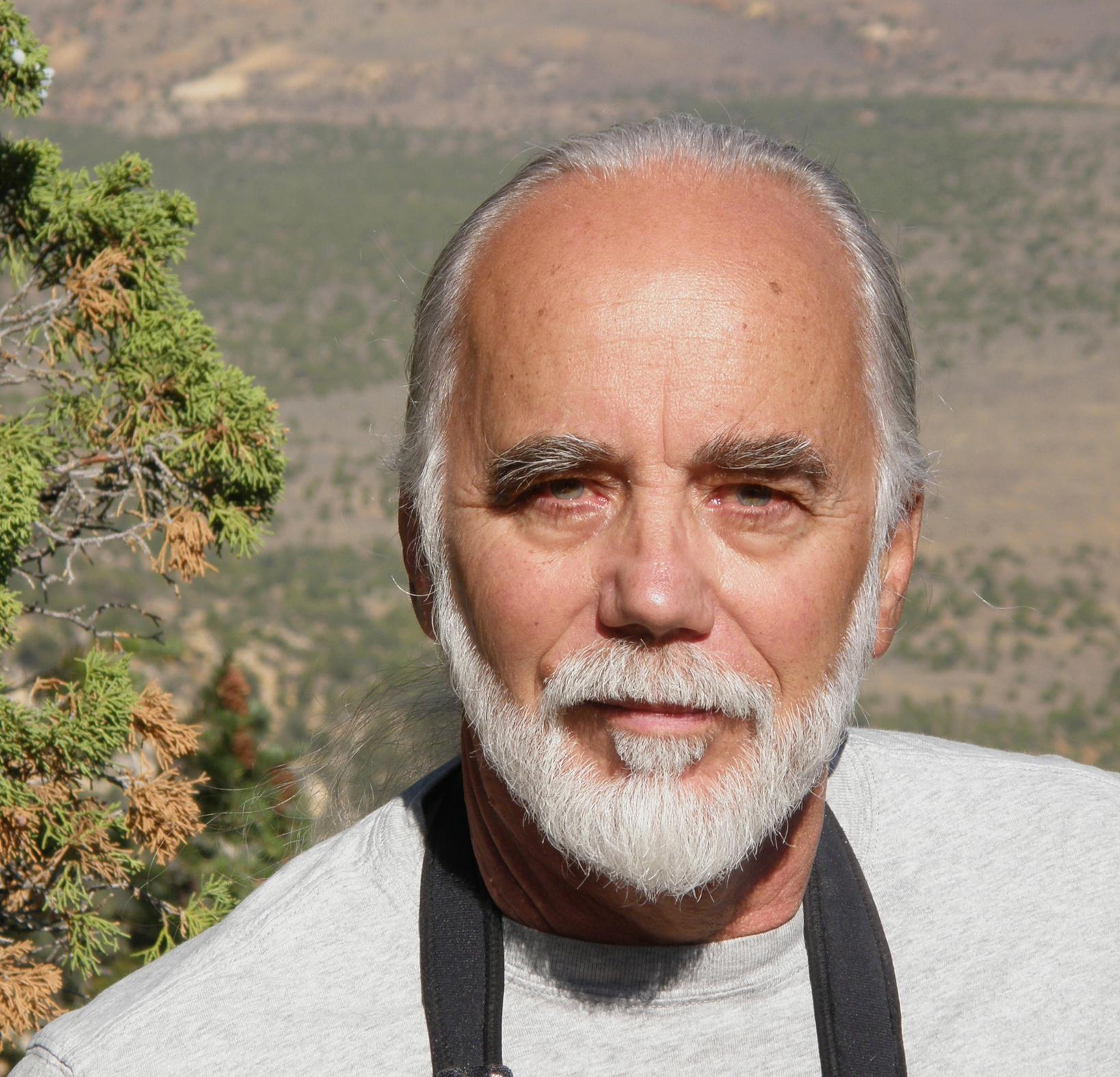

Nick Lamb
Nick Lamb is a bit of a rarity; as a modern woodcarver he has largely adopted the aesthetics of a culture distant in time and place from his own. Lamb is now one of the most highly regarded and prize-winning carvers of contemporary netsuke, and his pieces are collected privately and publicly, and exhibited in galleries and museums worldwide.
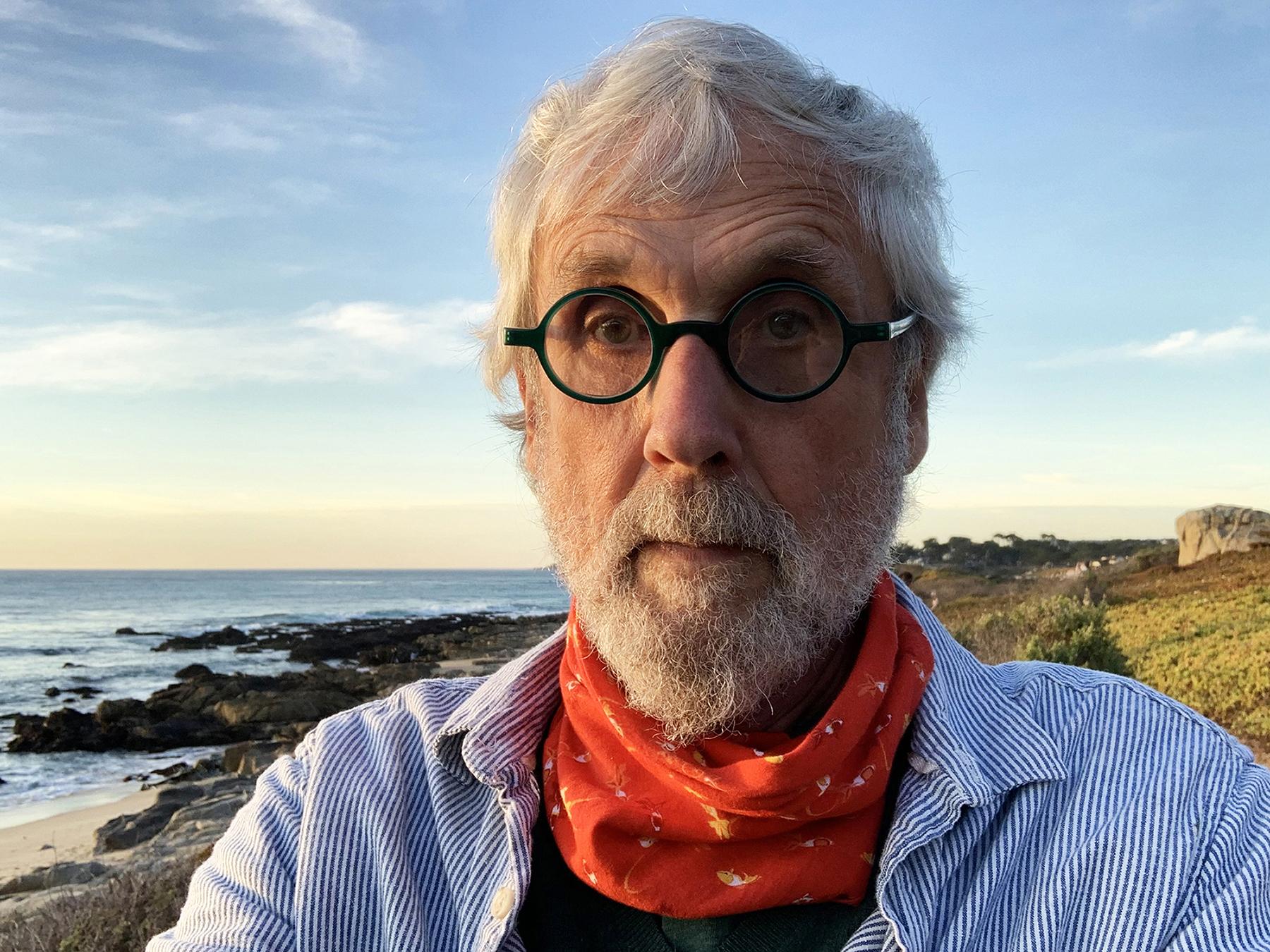

David Ligare
When I began my project more than 30 years ago I decided that there would be three basic components to my work; Figures, landscapes and still lifes. For me the pastoral landscapes of our region of California have been useful as stages for ideas. Indeed, the 'pastoral mode' as it's called is essentially a contemplation of mortality. The classical approach to landscape requires an underlying structure (implying the inter-relatedness of all things) as well as an elegiac approach to the wonders of nature and the beauty of light. The landscape of California like the landscape of Italy is a dream made real.
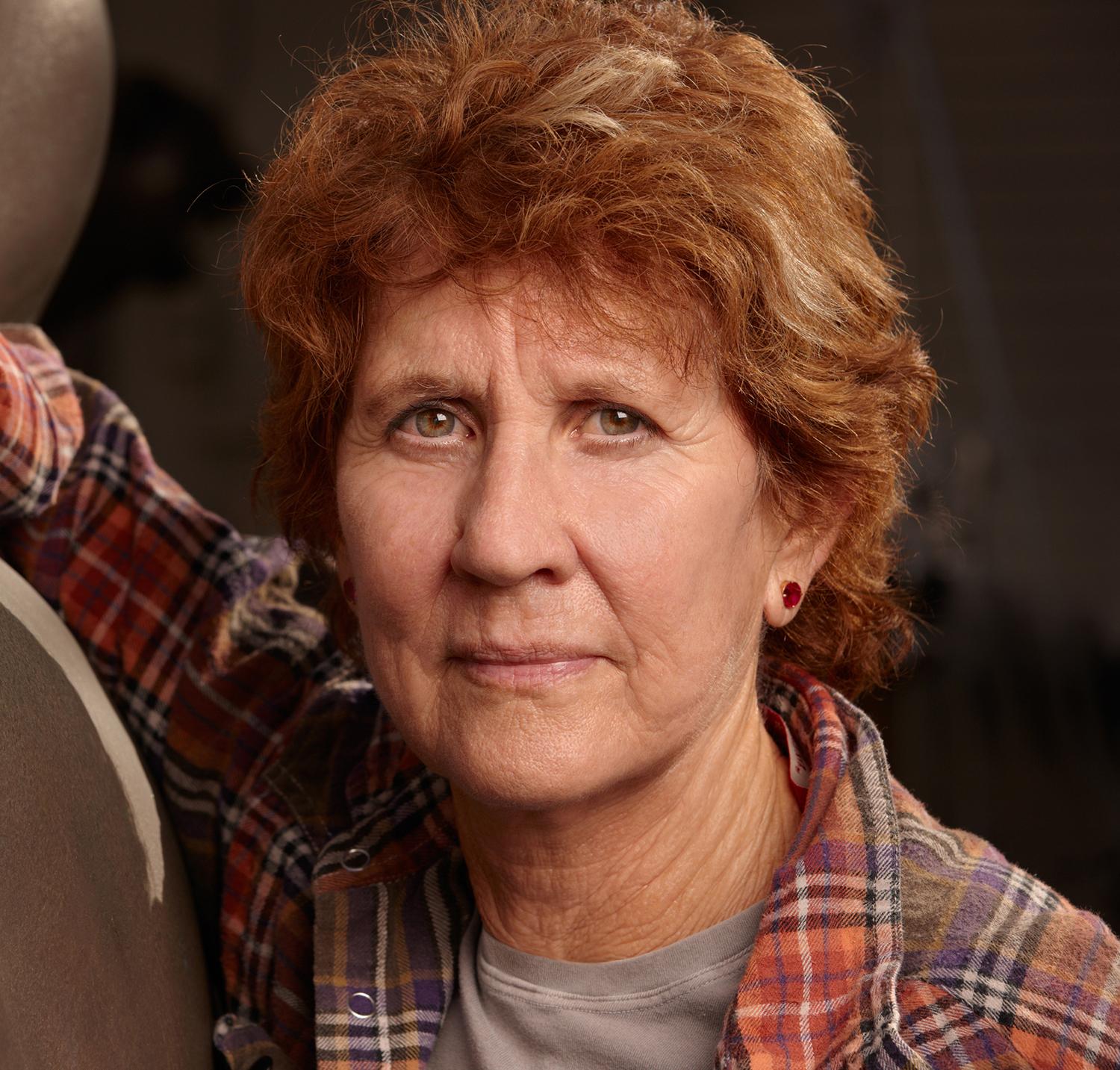
Gwynn Murrill
Gwynn Murrill’s work bridges figurative and abstract sculpture. Her animal figures serve as points of departure for the exploration of form, becoming vessels, which reduced to their most basic lines and shapes, elegantly echo the essence of her subject.
Paring away everything that is not absolutely necessary to perceive her subjects in all their purity, Gwynn often sacrifices details leaving us with sculptures emanating primal characteristics and universal attributes. Gwynn’s signature bronze works are fluid in line and form, elegant, inviting to touch and instilled with vitality and a sense of being--either caught in an tacit moment of serenity and self-possession or brimming with the implied potential to pounce, twist, or take off at any moment.
Robert Natkin
Robert Natkin was an American abstract painter. His large-scale, dynamic paintings were layered with bright colors and playful, gestural marks. Deeply influenced by the work of Willem de Kooning and Paul Klee, his practice is characterized by strong sense of painterly vitality and often incorporated the use of netting and stencils to create subtle patterned effects.
At different times in his career, he was associated with the Lyrical Abstraction, Color Field, and Abstract Expressionist movements, and rose to prominence in the late 1960s and 1970s. He had a retrospective solo exhibition at the San Francisco Museum of Art in San Francisco, and was a part of the 1960 “Young America” exhibition at the Whitney Museum of American Art in New York.
Natkin died on April 20, 2010 in Danbury, CT at the age of 79. Today, his work is held in the collections of The Metropolitain Museum of Art in New York, the Hirshhorn Museum and Sculpture Garden in Washington, D.C., and the Whitney Museum of American Art in New York, among others.
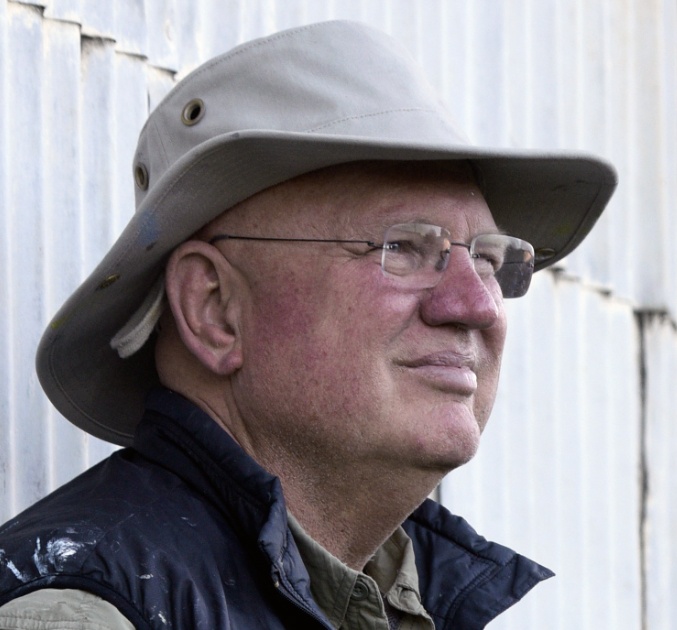
Hank Pitcher
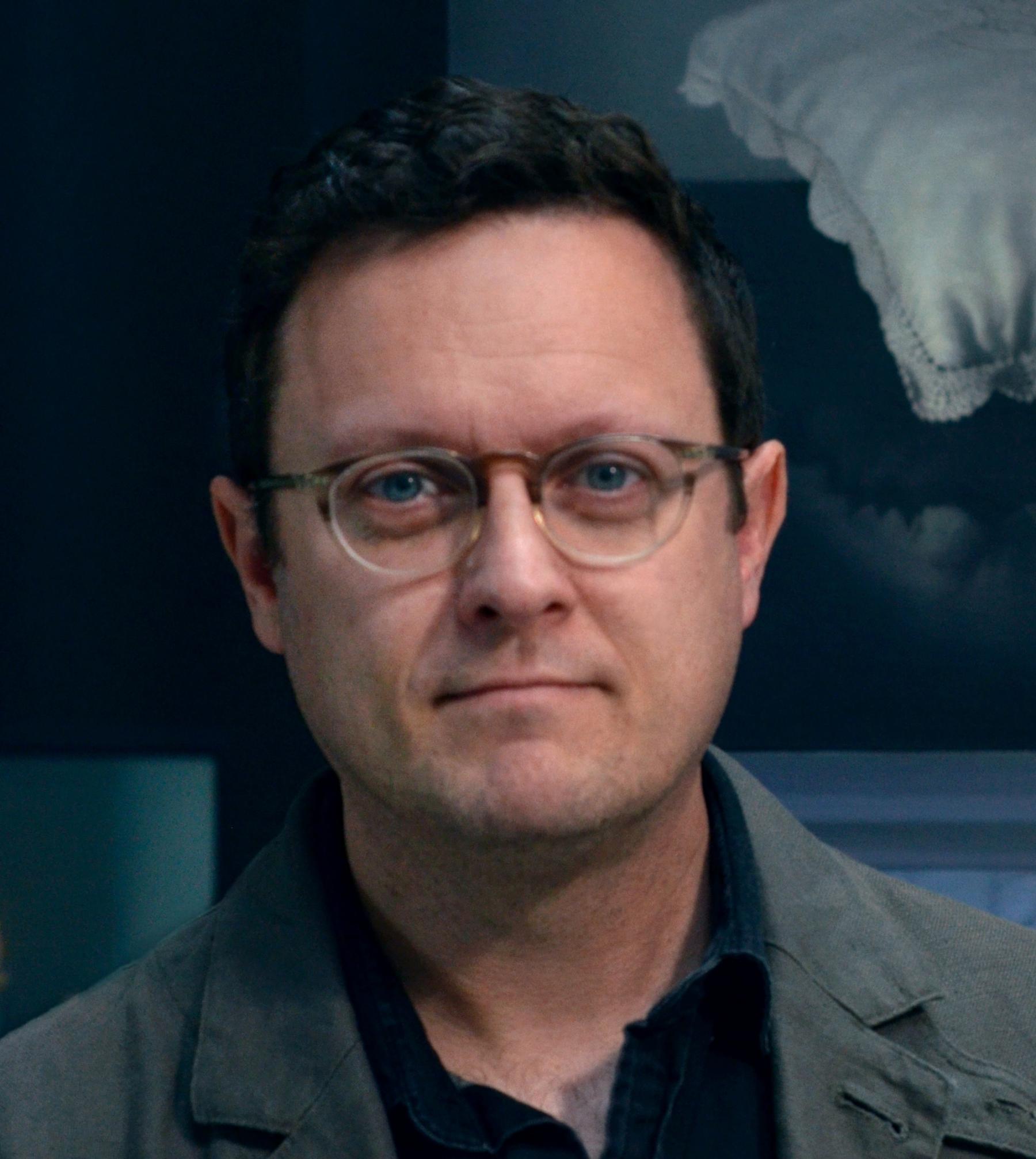
David Stanger
David Stanger is a realist painter known for his contemplative portraits and interiors that often have a symbolic or allegorical character. Simultaneously painted with a deep knowledge of old-master technique and approached in a contemporary manner, Stanger’s work reflects various influences, most significantly the works of Vermeer, Hammershoi, and Lopez Garcia.
